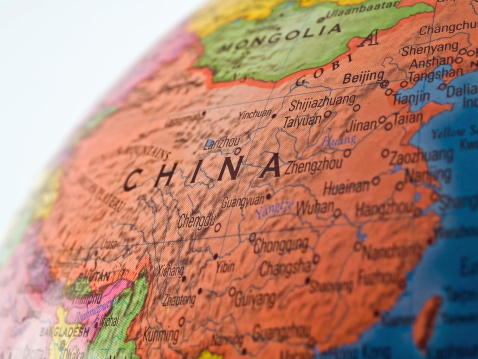
Russia already sends 15 million metric tons (about 110 million barrels) of crude annually to China through the Eastern Siberia Pacific Ocean (ESPO) pipeline that was completed in 2009. That is a small percentage of Russia’s total crude production of about 3.8 billion barrels a year.
Rosneft, which controls about 40% of that production, also signed a deal with commodities trading house Trafigura to supply the trading house with about 73 million barrels of crude over the next five years. The Russian behemoth also signed a third deal to supply the Czech Republic with nearly 60 million barrels of crude through 2016.
Rosneft, which last year acquired all of TNK-BP’s assets from its previous owners, BP PLC (NYSE: BP) and a Russian firm owned by four of the country’s richest oligarchs, has not been a particularly well-run enterprise. The oil giant issued public shares in 2006 at a market cap of around $80 billion, which has shrunk to less than $70 billion today, about the same amount as its net debt. Rosneft paid a total of $55 billion for TNK-BP.
About a quarter of Russia’s GDP comes from its oil and gas production and more than 50% of the country’s total revenues. Falling crude prices and a restive European market for natural gas threaten to weigh heavily on growth. Closer ties with China are the current solution.
100 Million Americans Are Missing This Crucial Retirement Tool
The thought of burdening your family with a financial disaster is most Americans’ nightmare. However, recent studies show that over 100 million Americans still don’t have proper life insurance in the event they pass away.
Life insurance can bring peace of mind – ensuring your loved ones are safeguarded against unforeseen expenses and debts. With premiums often lower than expected and a variety of plans tailored to different life stages and health conditions, securing a policy is more accessible than ever.
A quick, no-obligation quote can provide valuable insight into what’s available and what might best suit your family’s needs. Life insurance is a simple step you can take today to help secure peace of mind for your loved ones tomorrow.
Click here to learn how to get a quote in just a few minutes.
Thank you for reading! Have some feedback for us?
Contact the 24/7 Wall St. editorial team.




